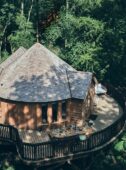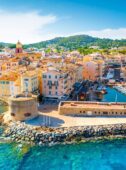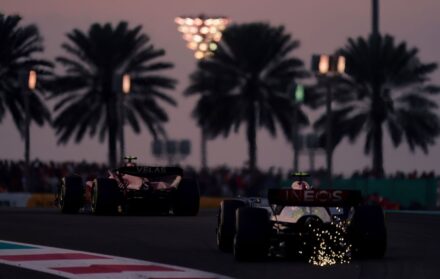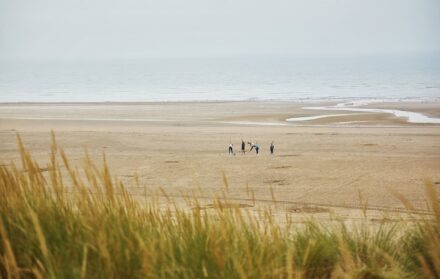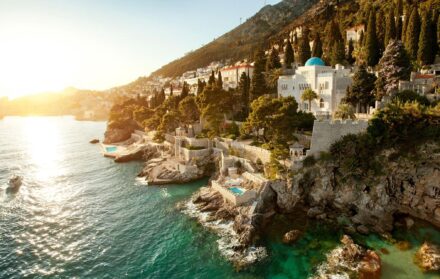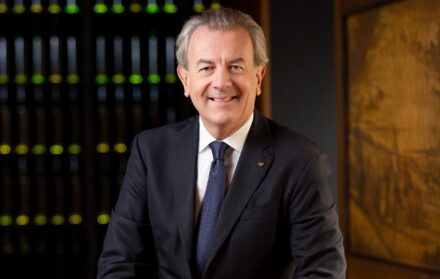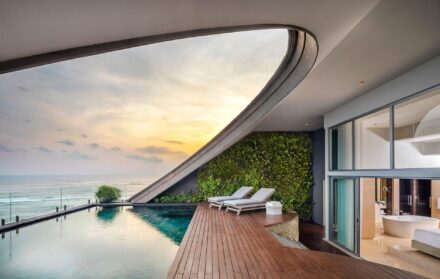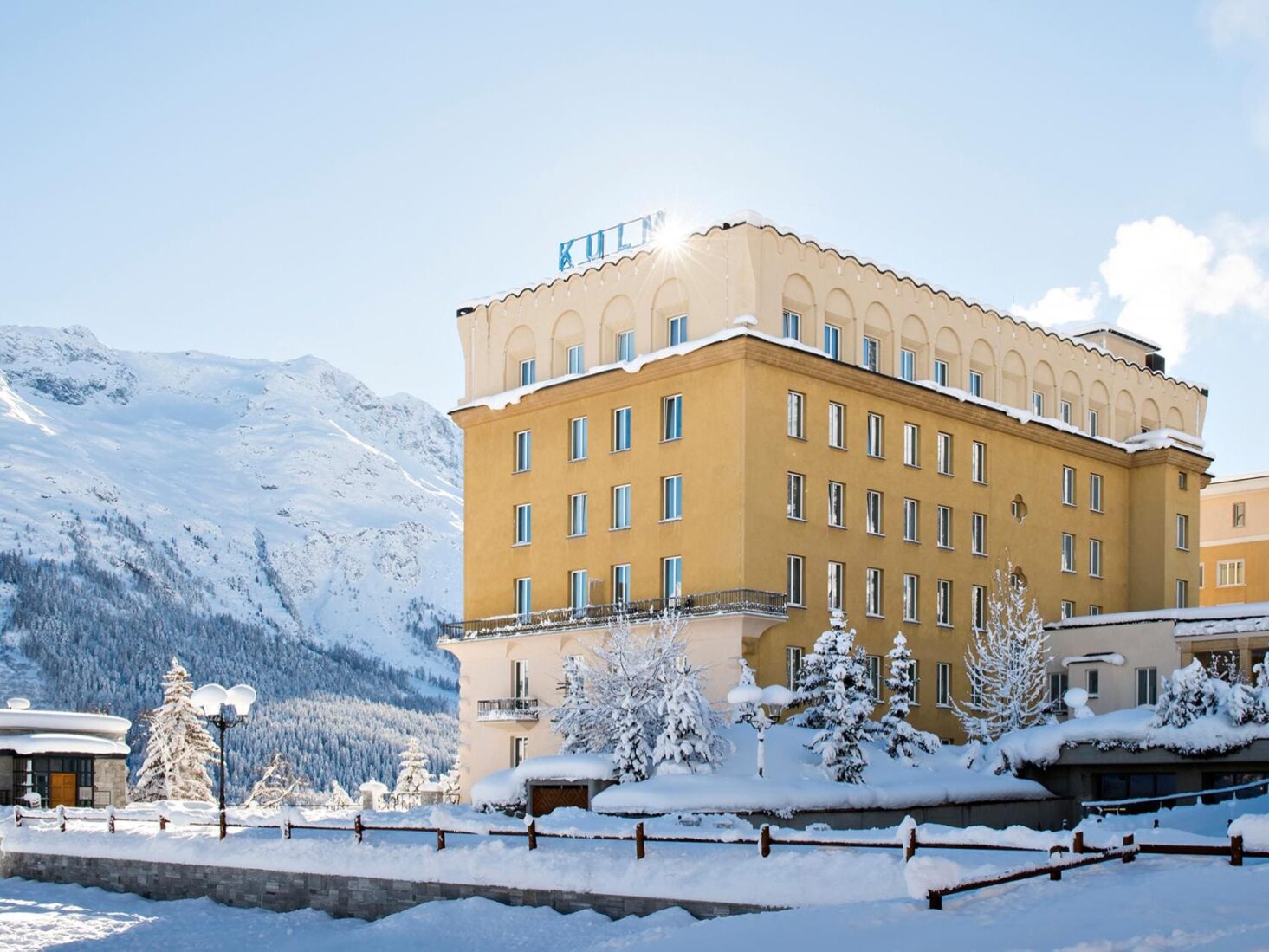
St Moritz: A journey to the top of the world
Less villagey than Verbier, certainly less charming than Megève, St Moritz is more Monaco-on-snow. But for luxury winter hotels, the resort is in a class of its own
Getting to the top of the world typically involves a two-hour flight to Zurich. It’s then a three-hour transfer to a steep, secluded, south-facing, hillside spot, midway between the summit of the 3,056m Piz Nair and the wide, flat, lake-lined Engadine valley (that famously pretty geographic quirk that snakes its way through south-east Switzerland before petering out just before the Austrian border). Leave London early enough and you’ll be on the slopes of St Moritz – officially the Top of the World since the town’s tourism board trademarked it as such in 1987 – by mid-afternoon.
Unless, that is, an outbreak of arctic air carries all the way from Siberia to Heathrow. In which case your flight will be delayed four hours before being redirected via a three-hour stopover in Frankfurt. Then it’s simply a five-hour jaunt – four trains, one bus, with ski bags, in ski jackets, Oh what fun it is to ride – before a final alpine slog up the vertiginous Rhaetian Railway, a journey that’s interrupted by an abrupt moment when all the lights go out and carriages are plunged into darkness.
It’s at this point that an English-speaking Swiss robo-voice crackles onto the tannoy to explain that you’ve just entered the Albula stretch of the track, one of only two train lines on the planet to have been granted UNESCO World Heritage status, a railway whose operators believe – correctly, it must be said – is all the more enchanting for being viewed from the intimate darkness of an unlit cabin.
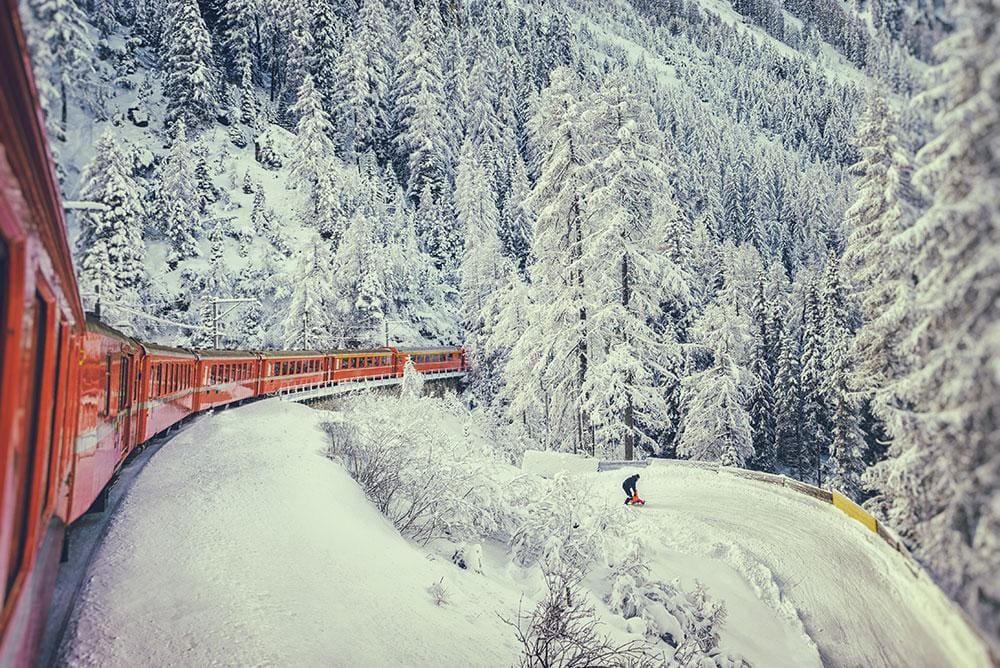
Saw-toothed summits, knolls of sparkling snow, stars like backlit pinpricks in a Vantablack sky. You might have left the house more than 18 hours ago, but in this implausible, magical moment you couldn’t give a flying funicular that it’s just gone 10pm and your bed for the night is still hiding out there somewhere in the dark. We checked in just after midnight.
First thing next morning we discovered why St Moritz’s official emblem is the sun. Opening the wooden shutters of our fifth-floor bedroom windows admitted a light so bright we were forced to retreat back into the room and return to the window ledge only once we’d located our Ray-Bans.
Below, sprawling, sparkling St Moritz. One of Europe’s, ergo the world’s, great ski resorts (the world’s first proper ski resort, actually); an assortment of turreted palace-hotels, ancient stone churches, insipid mid-rise apartment blocks, slate-grey shopping arcades, slushy cobbled streets, tarpaulin-covered cranes and closed-for-the-winter construction sites. A hulking great mass of stone and stucco that tumbles towards an immense expanse of perfectly flat snow, a halo of pine trees serving to mark the perimeter of the town’s eponymous lake. It’s here that the Snow Polo World Cup plays out each January. Come February, its the turn of the White Turf horse racing meet.
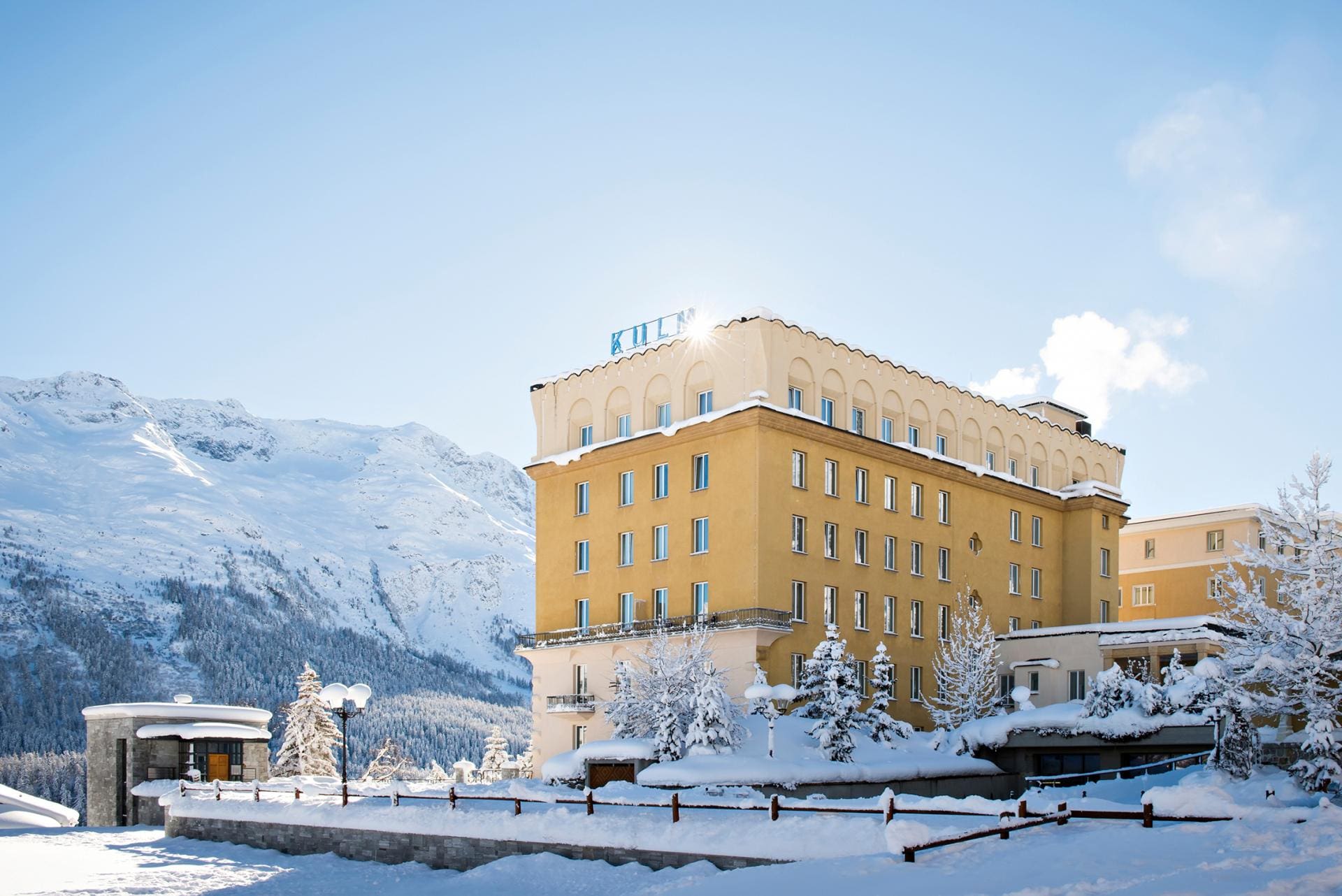
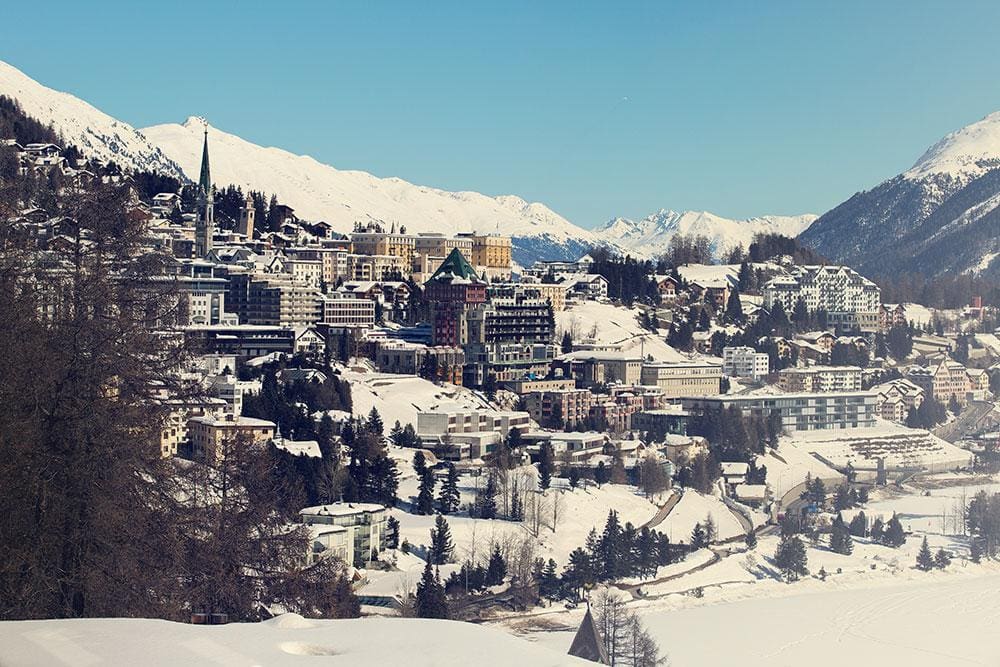
The lake serves to separate St Moritz into two distinct villages. The less developed, valley-floor Bad generally offers more affordable accommodation while serving up significantly less wow factor (save, that is, for the titanic, five-star, super-spa-equipped, Michelin-starred Kempinski Grand Hotel des Bains). Steep, historic, hillside Dorf is home to high-fashion emporiums and the swankiest of hotels – one of which we’re peering out from now. (There’s also Celerina, a village three kilometres in the opposite direction, where you’ll find Suvretta House, one of the valley’s other great spa hotels – this one set in its own private grounds.)
Less villagey than Verbier, certainly less charming than Megève, St Moritz is more Monaco-on-snow – an old-money enclave surrounded by mountains, built on a reputation for entertaining royalty and movie stars. Like the famous Riviera principality, it’s been scarred by the march of the modern identikit apartment block. Far better to be uptown looking down at the lake, than down at the lake looking up at the town.
Bally, Bottega Veneta, Brunello Cucinelli, Bulgari, Ermenegildo Zegna, Harry Winston, Hermès, Jimmy Choo, Loro Piana, Moncler, Prada, Roberto Cavalli, Valentino – if you travel to ski resorts to shop in the same stores you can find on Bond Street, you’re exceedingly well catered for. Less true for any snow-loving sybarite looking for a high-spirited session of après-ski. You won’t be clinking steins and dancing on table tops in your ski boots here – many visitors to St Moritz have no intention of going anywhere near a pair of ski boots.
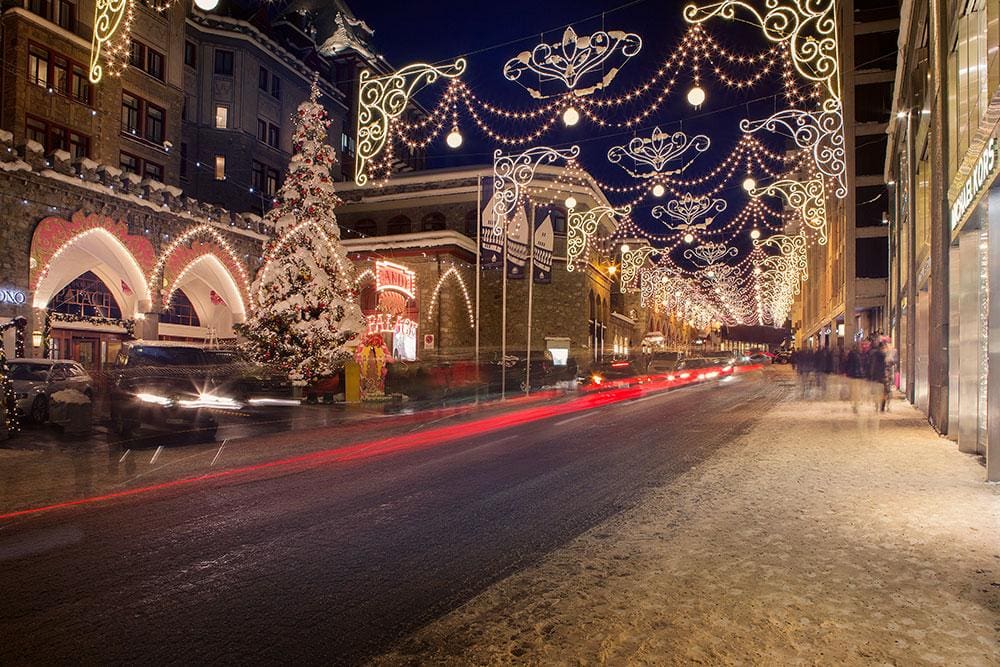
As in Monaco, much of the fun in the world’s oldest alpine playground happens behind the closed doors of castellated hotels. Here, St Moritz comes into its own.
It all began in 1855, when a former farmer by the name of Johannes Badrutt acquired a 12-bedroom property in the centre of town. In 1859 he added two storeys and opened St Moritz’s first purpose-built hotel – the Hotel Engadiner Kulm (known simply as the Kulm today). Five years later, in a bid to drum up some off-season custom, Badrutt invited four of his English summer guests back for the winter. If the men failed to be titillated by the merits of St Moritz in the snow, Bradrutt promised that he’d reimburse their travel costs. Otherwise the men were free to stay for as long as they liked. Staring at a win-win situation, the venturesome aristocrats arrived shortly before Christmas and sojourned until Easter, inventing the concept of the white winter holiday in the process.
In the next two decades, both Switzerland’s first electric light (Christmas Day, 1879) and first public telephone network (1889) were installed in the Kulm hotel – which is also credited with inventing the concept of the hotel lobby (a large reception area having been added in 1887). In 1896, Johannes Badrutt’s son Caspar opened the lakeside Badrutt’s Palace. Its green, bird-box-like turret became the resort’s most famous landmark, capping a hotel visited by the likes of Bardot, Dietrich, Hepburn, Hayworth and Hitchcock – the last of whom choose to stay at the hotel during his honeymoon.

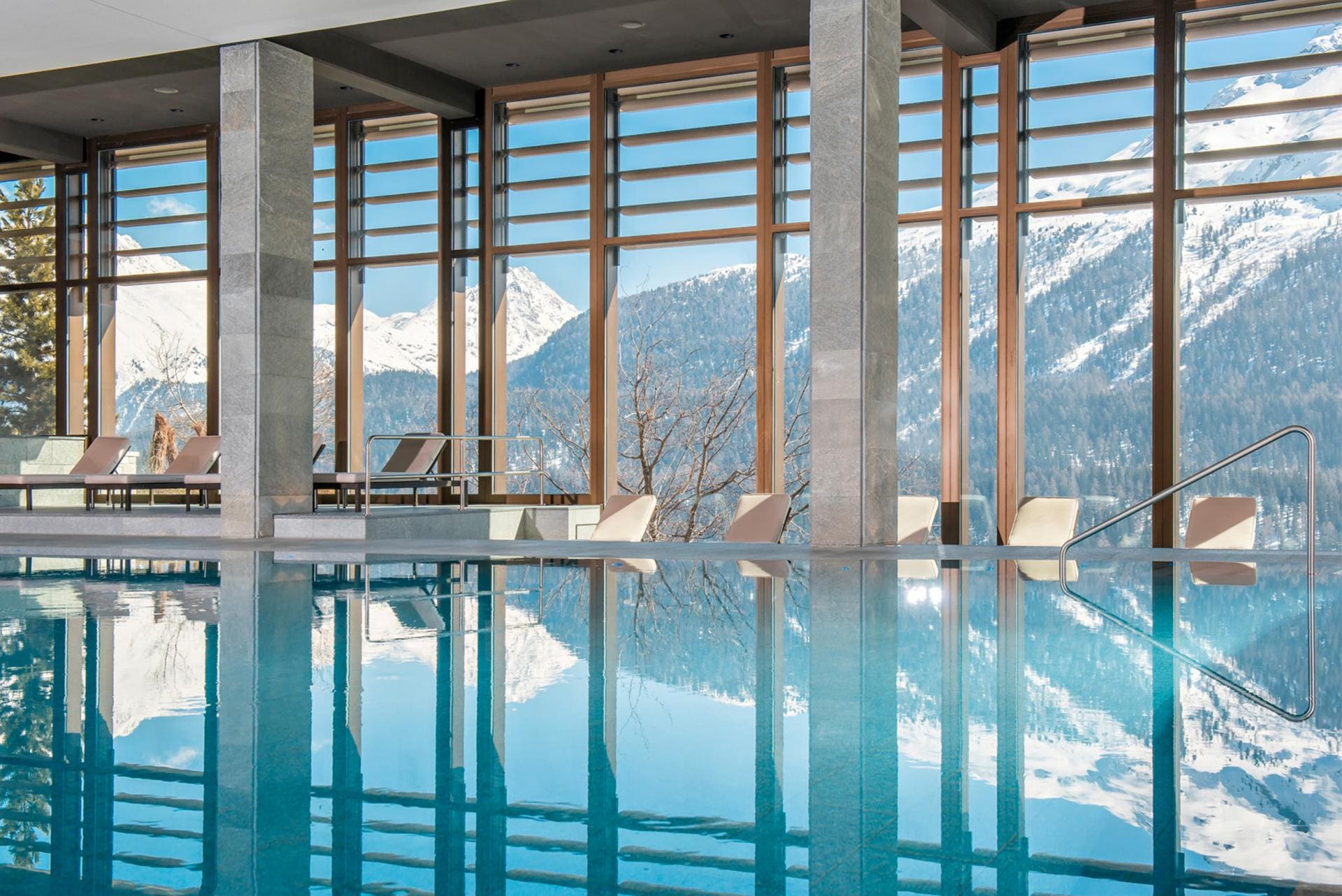
Our time at the Kulm was characterised by lie-ins, late breakfasts and lazy afternoons whirlpooling al fresco. If the hotel’s lobby and grand ballrooms are a maximalist mash-up of Corinthian columns, floral wallpaper and kaleidoscopic carpet, its chic, subterranean, straight-line spa – complete with indoor-outdoor swimming pool – couldn’t be more modern. Large, fluffy-carpeted bedrooms sit somewhere in between.
The hotel is run by husband-and-wife management team Heinz and Jenny Hunkeler – voted hoteliers of the year by Swiss newspaper SonntagsZeitung in 2016. Perhaps that’s why, despite its size – comprising six interconnected blocks, seven restaurants and 172 rooms, it’s as long as a street – the Kulm feels more home than hotel.
During dinner at the hotel’s top restaurant, The K by Tim Raue, we got chatting to a couple of location scouts on a recce for the BBC’s Amazing Hotels: Life Beyond the Lobby. The show profiles the best hotels on the planet. Did the Kulm make the cut? The BBC ran it as the 2018 Christmas special.
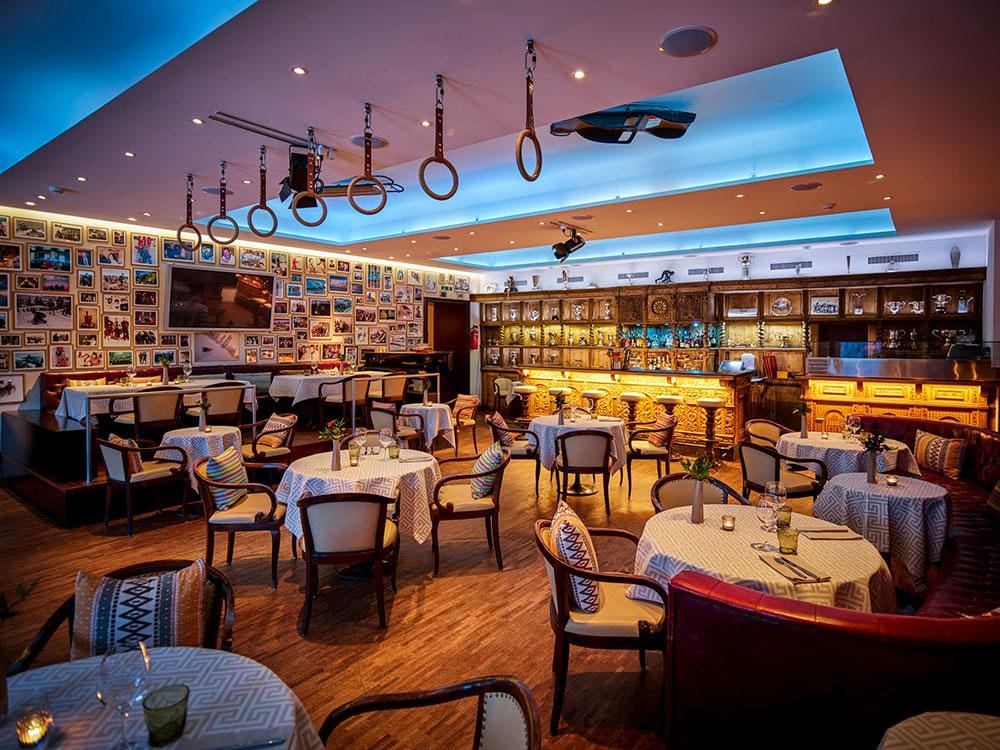

Outside the hotel, there’s bobsledding, dog sledging, curling, snowshoeing, hiking, kite skiing, ice skating and, between villages Preda and Bergün – a 20-minute ride away on the Rhaetian Railway – Europe’s longest sledge run, a 6km slide through tunnels and viaducts that’s floodlit at night. It’s breathtaking.
For foodies, there’s the annual nine-day St Moritz Gourmet Festival (usually held in January) where top chefs are invited to explore a particular subject. The theme in 2015 was British travel to St Moritz and the festival attracted the UK’s Jason Atherton, Angela Hartnett, Isaac McHale and Nathan Outlaw. For thrill-seekers, there’s the Cresta Run, the world’s oldest toboggan track. It was built in the grounds of the Kulm hotel in 1885 and reopened in 2017 following a £9m upgrade by British architect, and seasonal St Moritz resident, Lord Foster. The track is open to complete beginners – as long as you book. The club’s cosy, wood-panelled restaurant is an ode to tobogganing, with antique sledges hanging from the ceiling and memorabilia lining the walls. It serves steak alongside some terrific Italian.
There’s skiing, too. Fifty-seven lifts, 170 snow cannons, 350km of runs, mostly intermediate, some available to ski at night, spread across five separate ski areas, connected by bus. But who’d want to do anything as strenuous as ski?
